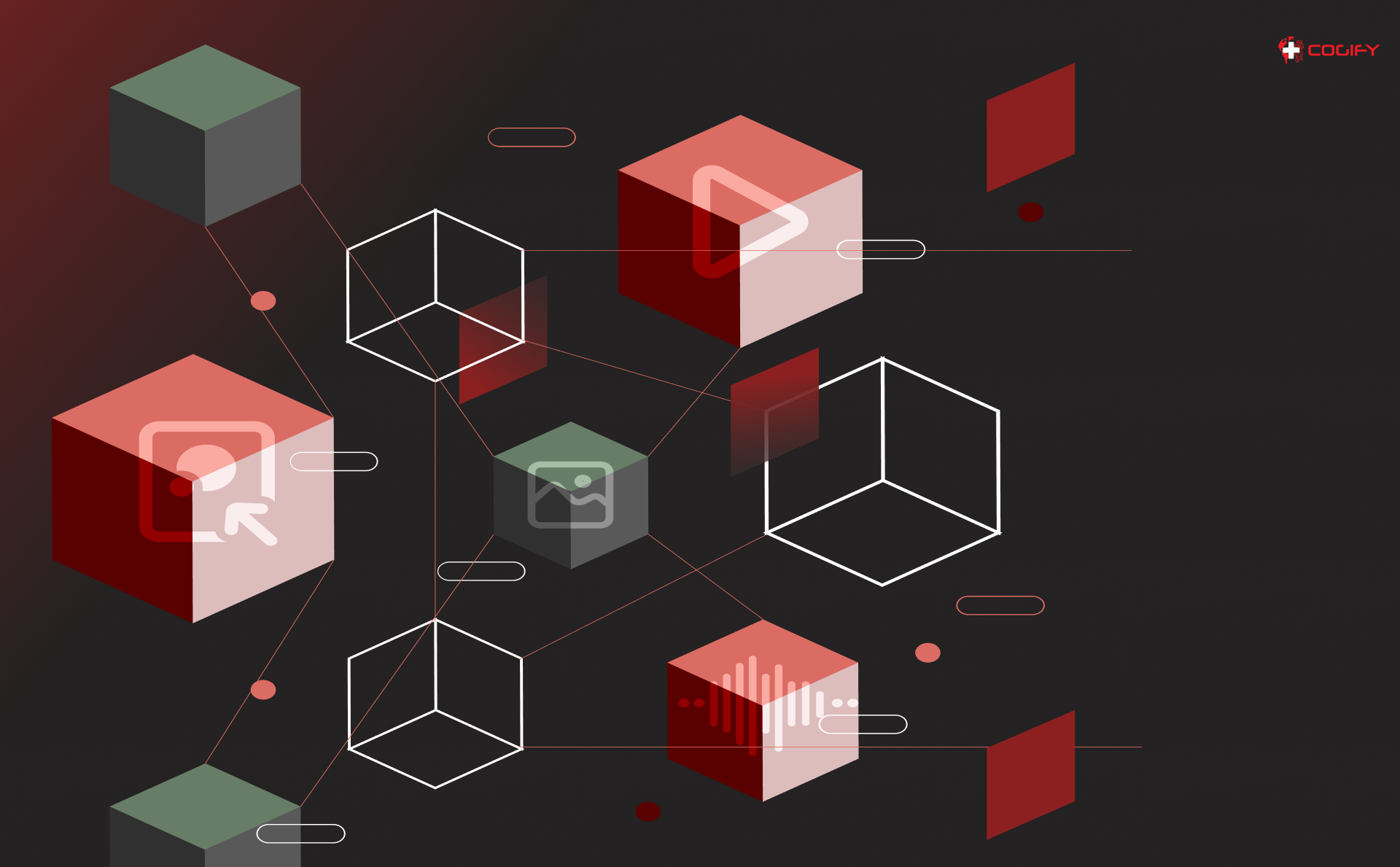Blockchain technology is rapidly gaining traction, offering secure, transparent, and tamper-proof solutions for various industries. One of its most promising applications is in the issuance and management of certificates. This blog explores the concept of blockchain certificates, their types, how they are issued, and why they matter.

What Are Blockchain Certificates?
Blockchain certificates are digital documents that are secured and verified using blockchain technology. Unlike traditional certificates, which can be easily forged or lost, blockchain certificates are immutable and can be independently verified by anyone. They are commonly used in education, identification, export documentation, and financial institutions to ensure authenticity and prevent fraud.
Why Do We Need Certificates on the Blockchain?
The primary purpose of certification is to prove that specific requirements have been met. However, physical and digital certificates can be easily tampered with or destroyed. Blockchain technology addresses these issues by providing a secure, transparent, and tamper-proof way to issue and verify certificates.

Types of Blockchain Certificates
There are four main blockchain certificates, including:
1. Educational Certificates: Used by educational institutions to issue diplomas, degrees, and other academic credentials.
2. Identification Certificates: Used for personal identification, such as passports and national IDs.
3. Certificates of Origin: Used in international trade to certify the origin of goods.
4. Financial Certificates: Used by financial institutions to issue bonds, shares, and other financial instruments.
How to Issue a Certificate on the Blockchain
Issuing a blockchain certificate involves several steps to ensure its security and authenticity:
-
Creating Certificates: Use tools like “cert-tools” to create a certificate template with common information.
-
Instantiating Certificates: Generate a batch of certificates with specific information such as recipient name, issuer name, and issue date.
-
Signing Certificates: Use “cert-signer” to sign the certificates with a private key, ensuring their integrity.
-
Issuing Certificates: Use “cert-issuer” to publish the certificates on the blockchain.
Verification can be done in two ways:
-
Full Node Verification: Install a Bitcoin Core full node and verify the transaction block, ensuring all protocol rules are followed.
-
API Verification: Use third-party nodes via their APIs to verify the transaction containing the certificate.

Real-World Applications of Blockchain Certificates
- Singapore International Chamber of Commerce: Launched the world’s first blockchain-based platform for electronic certificates of origin in 2018.
- Germany: Testing digital certificates for school graduates, with full implementation expected soon.
- Mexico: Issuing COVID-19 certificates using blockchain technology.
- Kenya: Implementing blockchain for certificates of origin in trade.
Conclusion
Blockchain certificates represent a significant advancement in secure, transparent, and tamper-proof certification. They have the potential to transform various industries by providing a reliable way to verify and issue credentials. As blockchain technology continues to evolve, its applications in certification will likely expand, offering even more innovative solutions for ensuring authenticity and preventing fraud.
For comprehensive blockchain solutions, contact Cogify today! We offer top-notch blockchain services with Swiss precision to ensure your projects are secure, scalable, and future-proof.


